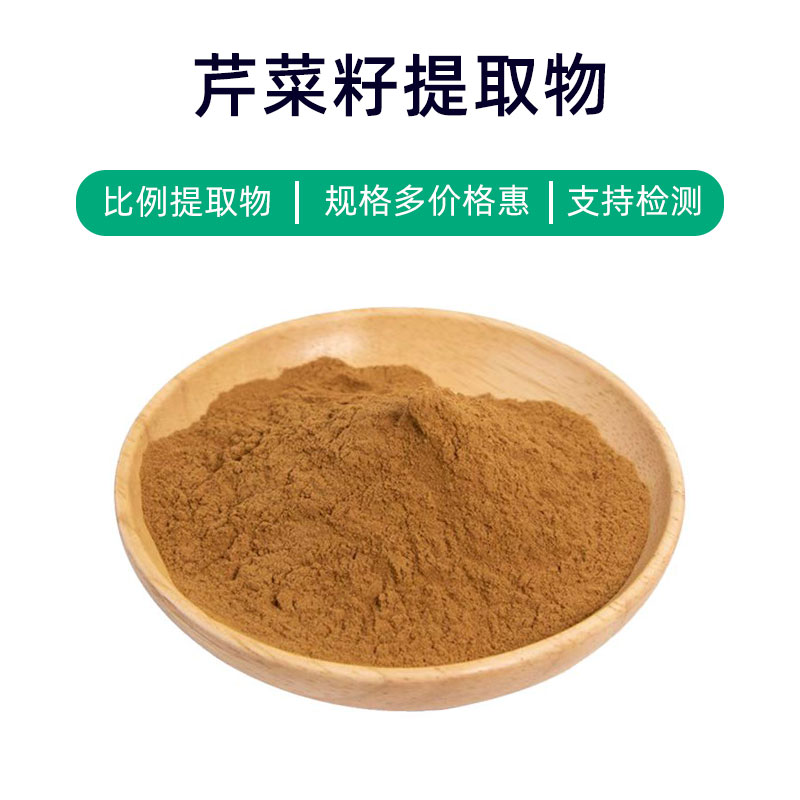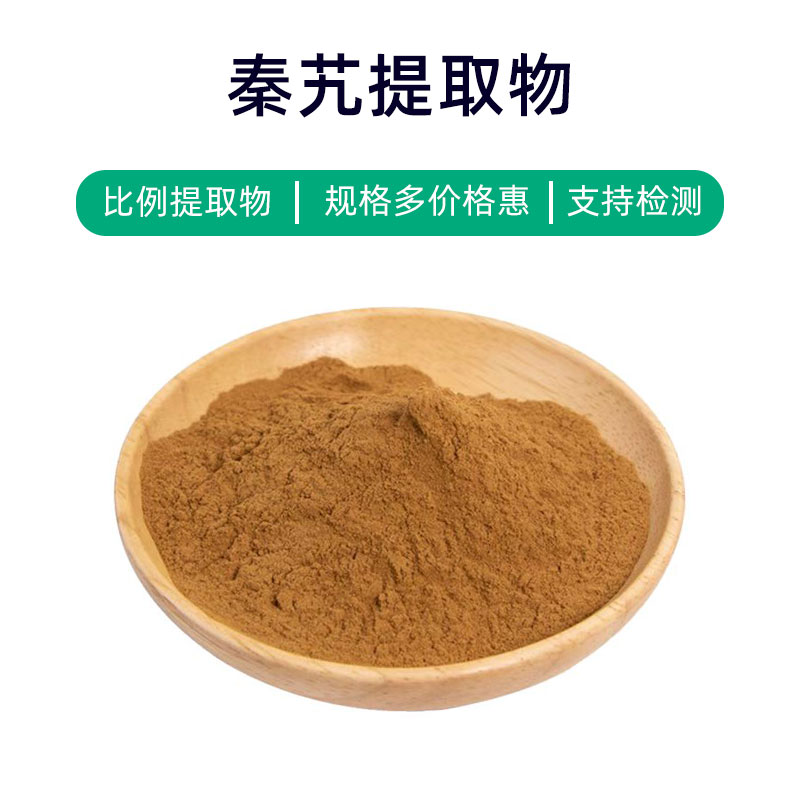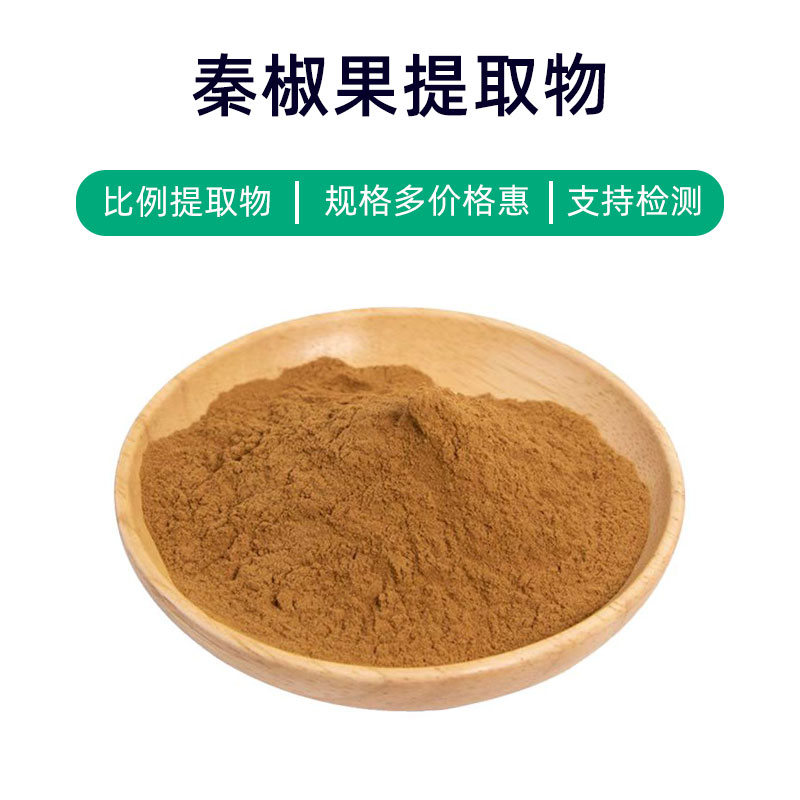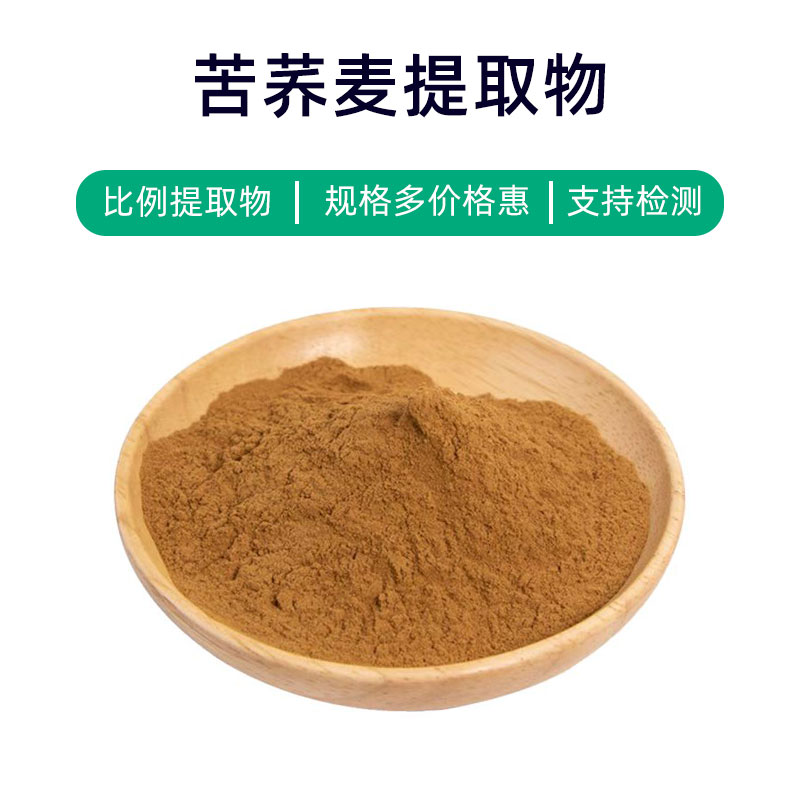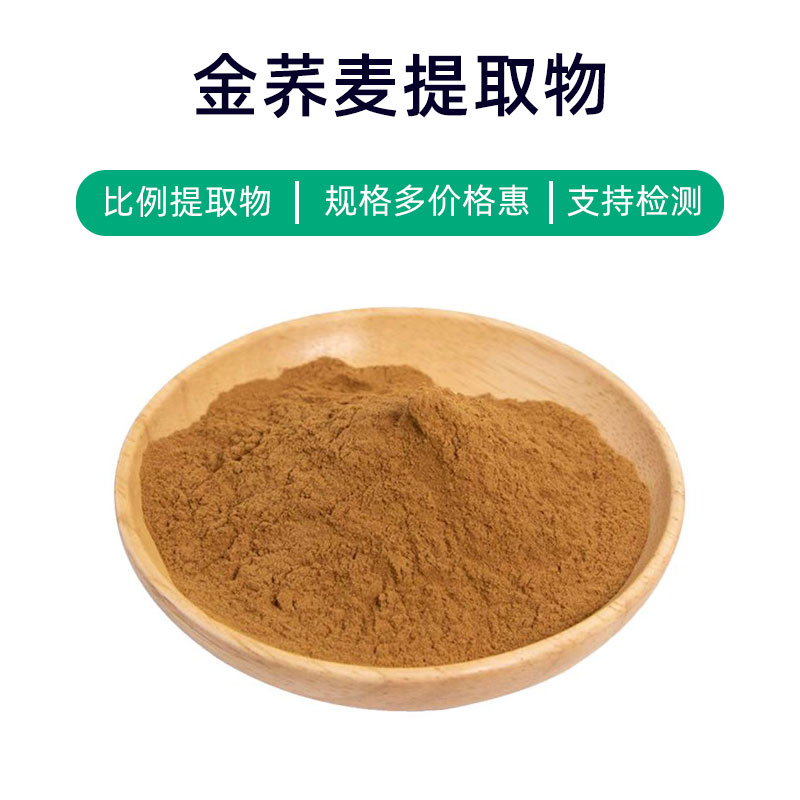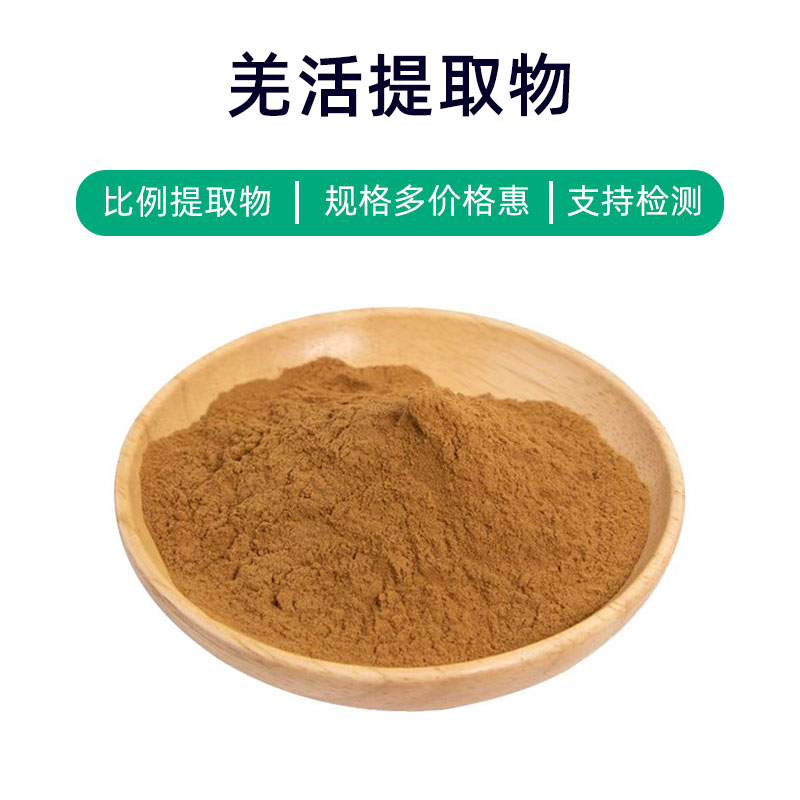Chia Seed Extract Product Introduction
Chia seed extract is a nutritional component extracted from the mature seeds of the chia plant, primarily consisting of chia seed oil, protein, and dietary fiber. It is widely used in the fields of health supplements, food, and pharmaceuticals.
Key benefits include:
- Nutritional Supplement: Chia seed extract is rich in various nutrients, such as omega-3 fatty acids, protein, and cellulose, which help meet the body’s nutritional needs.
- Digestive Improvement: The dietary fiber in chia seed extract promotes intestinal motility, increases bowel movements, and alleviates constipation issues.
- Blood Sugar Control: Research indicates that the fiber in chia seed extract can slow down carbohydrate digestion and absorption, helping to stabilize blood sugar levels, which is beneficial for diabetes patients.
- Cardiovascular Health Improvement: Omega-3 fatty acids in chia seed extract help lower cholesterol levels in the blood and reduce the risk of cardiovascular diseases.
In terms of application, chia seed extract is often used in health supplements as a nutritional supplement and can be added to various foods to increase their nutritional value, such as bread, cereal, and juice. Additionally, it can be found in pharmaceuticals, such as capsules and oral liquids, for assisting in the treatment of diseases related to nutritional deficiencies.
Chia Seed Extract Production Process
The production process of chia seed extract typically includes the following steps:
- Harvesting: First, mature seeds need to be collected from the chia plant. The chia plant is a perennial herbaceous plant, and its seeds usually fall naturally when mature or can be collected manually.
- Washing: The collected chia seeds must be washed to remove impurities, dirt, and microorganisms adhering to the surface. This washing is generally done with clean water or lightly salted water.
- Drying: The washed chia seeds are dried to reduce moisture content and prevent mold and microbial growth. Low-temperature drying methods are typically used to avoid heat damage to the nutritional components of the seeds.
- Grinding: The dried chia seeds are then sent to crushing equipment for milling into a powder. The fineness of the grinding is usually determined by the requirements of the final product and can be controlled using different mesh sizes.
- Solvent Extraction: Chia seed powder can be extracted using a solvent extraction method. Typically, food-grade organic solvents, such as ethanol or supercritical carbon dioxide, are used to extract the target components from the powder.
- Concentration: The extracted solution needs to be concentrated to remove the solvent and increase the concentration of the target components. Common concentration methods include evaporation and freeze concentration.
- Drying: Finally, the concentrated chia seed extract needs to be dried to reduce moisture content and obtain the final product. The drying methods usually include spray drying, vacuum drying, or freeze-drying.
- Packaging: The final chia seed extract product undergoes strict quality inspections and is then packaged. Food-grade packaging materials are typically used to ensure product quality and safety.
Chia Seed Extract Effects and Side Effects
Chia seed extract, as a natural nutritional supplement, offers several benefits and effects, including the following:
- Rich Nutritional Components: Chia seed extract is rich in protein, fats, dietary fiber, vitamins (such as B vitamins and vitamin E), and minerals (such as calcium, magnesium, zinc, etc.), providing substantial nutritional value to help meet the body's various nutrient needs.
- Blood Sugar Regulation: Research indicates that the dietary fiber and omega-3 fatty acids in chia seed extract can help regulate blood sugar levels, reducing blood sugar spikes, which is beneficial for diabetes prevention.
- Promotion of Digestive Health: The dietary fiber in chia seed extract can increase the number of beneficial bacteria in the gut, promote intestinal motility, relieve constipation, and support digestive system health.
- Increased Satiety: Due to its high soluble fiber content, chia seed extract can absorb large amounts of water to form a gel-like substance that expands in volume, increasing the feeling of fullness and helping control appetite and reduce food intake.
- Antioxidant Effects: Chia seed extract is rich in antioxidants, such as vitamin E and polyphenolic compounds, which help eliminate free radicals in the body, slow down cell aging, and protect cardiovascular health.
- Lipid Lowering: The omega-3 fatty acids in chia seed extract can lower levels of low-density lipoprotein cholesterol (LDL-C) in the blood while increasing high-density lipoprotein cholesterol (HDL-C) levels, aiding in lipid reduction and preventing cardiovascular diseases.
- Immune Function Enhancement: Vitamins and minerals in chia seed extract help strengthen immune system function, improving the body's resistance and reducing the occurrence of infections and diseases.
Despite its many benefits, it is essential to use chia seed extract in moderation, as excessive intake may lead to digestive discomfort and intestinal issues. Particularly for individuals with a history of allergies, it is recommended to consult a physician before use.
Chia Seed Extract Application Scenarios and Dosage
Chia seed extract has broad applications in the pharmaceutical, food, and cosmetics industries. Here are detailed descriptions of its application scenarios and dosages:
- Pharmaceutical Applications:
- Cardiovascular Health: Omega-3 fatty acids in chia seed extract help lower lipids and prevent cardiovascular diseases. A common dosage is 15-25 grams of chia seeds daily, which can be added to meals or consumed with water.
- Diabetes Management: The dietary fiber in chia seed extract helps control blood sugar and prevent diabetes. Generally, a daily intake of 15-30 grams of chia seeds is recommended, which can be incorporated into meals or consumed with water.
- Food Applications:
- Nutritional Supplements: Chia seed extract can be consumed directly or used as a food additive in the production of various nutritionally balanced foods, such as cereals, yogurt, juices, and bread. A typical dosage ranges from 10-25 grams daily, adjusted according to individual needs.
- Meal Replacement Foods: Chia seed extract can be transformed into meal replacement foods, such as chia seed pudding and chia seed jelly, suitable for individuals looking to manage their weight or lose fat.
- Cosmetic Applications:
- Skincare Products: Chia seed extract contains rich antioxidants and vitamin E, making it suitable for skincare products like masks and lotions, providing moisturizing, hydrating, and antioxidant benefits. Recommended usage is to apply a suitable amount on the skin, massaging until absorbed.
- Hair Care: The proteins and vitamins in chia seed extract nourish hair and can be included in products like shampoos and conditioners to enhance hair elasticity and reduce breakage. A typical amount is to apply a suitable amount to damp hair, massage, and rinse.
Overall, chia seed extract has numerous applications in the pharmaceutical, food, and cosmetic fields. However, care must be taken to use it moderately to avoid adverse effects of excessive intake. Additionally, for special populations such as pregnant women, nursing mothers, or individuals with a history of allergies, it is advisable to use it under the guidance of a doctor or nutritionist.
Chia Seed Extract Source Plant Introduction, Distribution, and Growth Environment
The source plant for chia seed extract is the chia plant (scientific name: Salvia hispanica), an annual herbaceous plant native to Central and South America, belonging to the mint family (Lamiaceae). Here is a detailed introduction to the chia plant, its distribution, and growth environment:
- Plant Introduction:
- The chia plant is a herbaceous plant that can grow 1 to 1.5 meters tall. Its leaves are opposite, ovate or lanceolate, with serrated edges. The flowers are blue-purple or white, clustered in a spike-like inflorescence.
- Chia seeds are derived from the plant's fruit, which is a capsule, with oval-shaped seeds that have smooth surfaces, available in black, white, or brown varieties.
- Distribution:
- The chia plant is native to Central and South America, primarily found in regions like Mexico, Guatemala, and Costa Rica. In these areas, chia has been widely cultivated for both food and medicinal uses.
- Today, chia has been introduced to many other countries and regions, including the United States, Canada, and Australia, where it is also cultivated to a certain extent.
- Growth Environment:
- The chia plant thrives in warm climate environments, preferring ample sunlight and well-drained soil. They are not particularly picky about soil types and can grow in various soil conditions, although well-drained, fertile soil is ideal.
- Chia plants have a high water requirement but can also tolerate drought, making them suitable for warm, precipitation-rich regions. During the growing season, soil moisture should be maintained without becoming overly saturated.
In summary, the chia plant is a highly adaptable herb native to Central and South America, now introduced globally. It prefers warm climates and ample sunlight, is not demanding in terms of soil quality, and thrives in well-drained soil with significant water needs.
Chia Seed Extract Processing and Storage
The processing and storage of chia seed extract are crucial to ensuring product quality and shelf life.
- Processing:
- Chia seeds typically undergo washing and drying processes. Washing removes surface impurities and microorganisms, ensuring the product's hygiene and safety.
- Drying reduces seed moisture content to prevent mold growth and extend shelf life. This is typically done using natural air drying or low-temperature drying methods.
- Storage:
- Chia seed extract should be stored in a cool, dry, and well-ventilated environment, away from direct sunlight and high temperatures to maintain its quality.
- During storage, it is important to avoid contact with moisture, strong odors, or chemicals to prevent any adverse effects on its quality and flavor.
- Appropriate packaging is also important; it is recommended to use airtight containers to guard against air, moisture, or odor infiltration.
Proper processing and storage methods can help retain the nutritional components and quality of chia seed extract, extend its shelf life, and ensure product safety and stability.
Monica Sun is a seasoned expert in the plant extraction industry with over a decade of experience in research and production. She specializes in the extraction and purification of plant active ingredients, focusing on driving innovation in natural product applications. Monica has participated in the development of multiple functional plant extracts, delivering high-value natural raw material solutions for the health food, pharmaceutical, and dietary supplement sectors.









